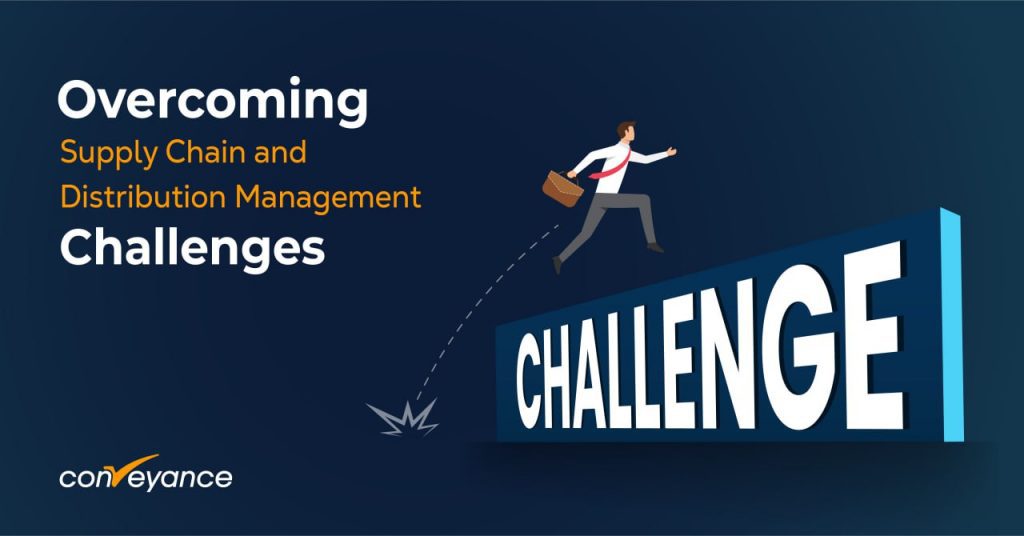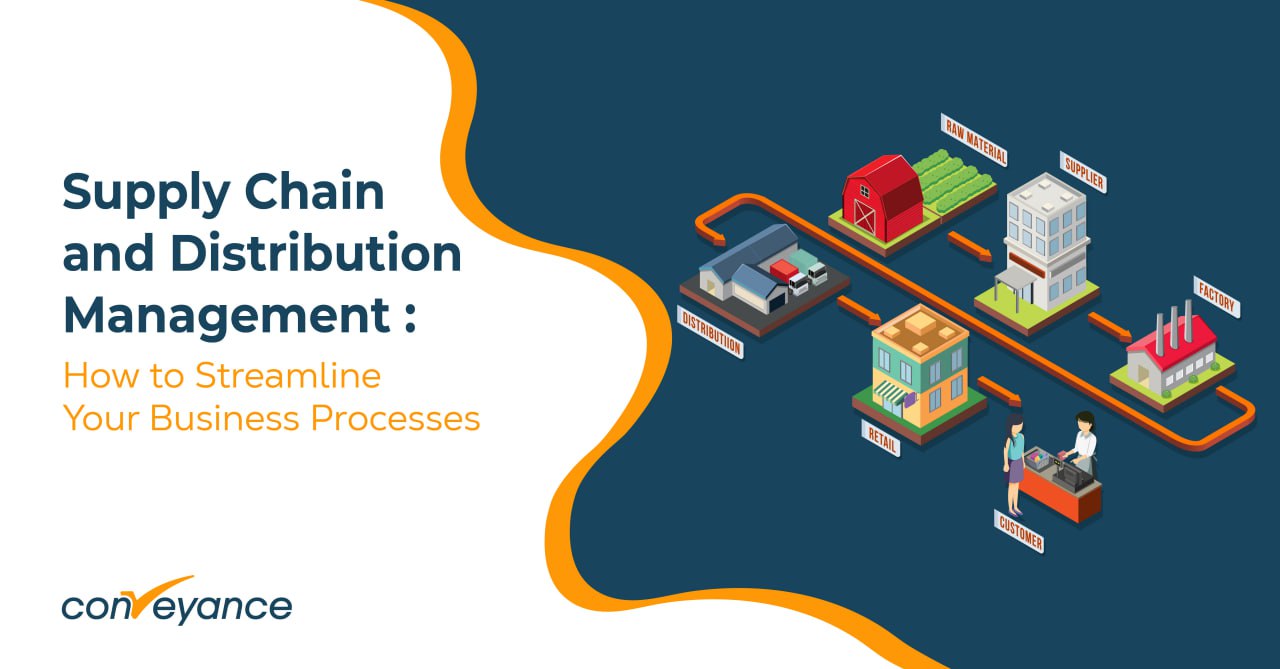In today’s fast-paced business environment, managing a supply chain and distribution network is becoming increasingly complex. With the need to manage multiple suppliers, warehouses, and transportation routes, it’s no wonder that many businesses struggle to keep up with the demands of their customers. However, with the right tools and strategies, businesses can streamline their supply chain and distribution management processes to ensure greater efficiency and profitability. In this blog, we will explore some of the key challenges in supply chain and distribution management and discuss how businesses can overcome them using the latest technologies and best practices.
The Challenges of Supply Chain and Distribution Management
Supply chain and distribution management present several challenges that businesses must overcome. These challenges include managing multiple suppliers, optimizing warehouse operations, and effectively managing transportation routes. Each of these areas requires careful attention to ensure smooth operations, timely delivery, and customer satisfaction.

Managing Multiple Suppliers
One of the biggest challenges in supply chain management is managing multiple suppliers. With different suppliers providing different products and services, it can be difficult to keep track of inventory levels, delivery times, and quality control. This can lead to delays in production and distribution, which can impact customer satisfaction and revenue.
Optimizing Warehouse Operations
Another challenge in supply chain management is optimizing warehouse operations. With a large volume of inventory and goods being stored, it can be challenging to manage inventory levels, track orders, and ensure timely delivery. This can result in inefficient processes, wasted resources, and increased costs.
Managing Transportation Routes
Managing transportation routes is another key challenge in supply chain business. With different routes and modes of transportation, it can be difficult to track shipments, monitor delivery times, and ensure timely delivery. This can result in delays, lost or damaged goods, and increased costs.
Overcoming Supply Chain and Distribution Management Challenges
To overcome the challenges of supply chain and distribution process, businesses can implement various strategies and tools. This includes implementing technology solutions, improving visibility and control, enhancing collaboration and communication, and adopting industry best practices. By leveraging these approaches, businesses can streamline their operations, reduce costs, and improve efficiency and profitability.

Implementing Technology Solutions
One of the most effective ways to overcome supply chain and distribution challenges is by implementing technology solutions. Currently there are various supply chain management software available out there that can help businesses manage multiple suppliers, optimize warehouse operations, and manage transportation routes more efficiently. By automating processes, providing real-time data and analytics, and enabling collaboration between suppliers and partners, businesses can improve their work efficiency and reduce costs in various ways.
Improving Visibility and Control
Another key strategy for overcoming supply chain and distribution challenges is improving visibility and control. By implementing tracking and monitoring tools, businesses can gain real-time visibility into their supply chain and distribution network. This can help them track inventory levels, collect and monitor orders, and ensure timely delivery. Additionally, implementing control systems such as quality control measures, can help businesses ensure the quality of their products and services.
Enhancing Collaboration and Communication
Collaboration and communication are also critical aspects of supply chain and distribution management. By improving collaboration between suppliers, partners, and customers, businesses can reduce the risk of delays, improve efficiency, and increase customer satisfaction. This can be achieved through the use of collaboration platforms and shared data systems.
Adopting Best Practices
Finally, adopting best practices is an important strategy for overcoming supply chain and distribution management challenges. By following industry best practices, businesses can improve efficiency, reduce costs, and increase customer satisfaction. This can include practices such as use of advanced technology, lean manufacturing, just-in-time inventory management, and agile supply chain management.
Conclusion
In conclusion, managing a supply chain and distribution network can be a complex and challenging task. However, with the right tools, strategies, and best practices, businesses can streamline their processes, improve efficiency, and increase profitability. The latest supply chain management software can help businesses manage multiple suppliers, optimize warehouse operations, and manage transportation routes more efficiently. There is this tool called the Conveyance App, which is best for this use case scenario. With this web-based SaaS solution, businesses can assign tasks, set KPIs, monitor performance, and improve collaboration and communication with their suppliers, partners, and customers. To better optimize your business operations and gain a competitive advantage in the marketplace, use Conveyance app today.


